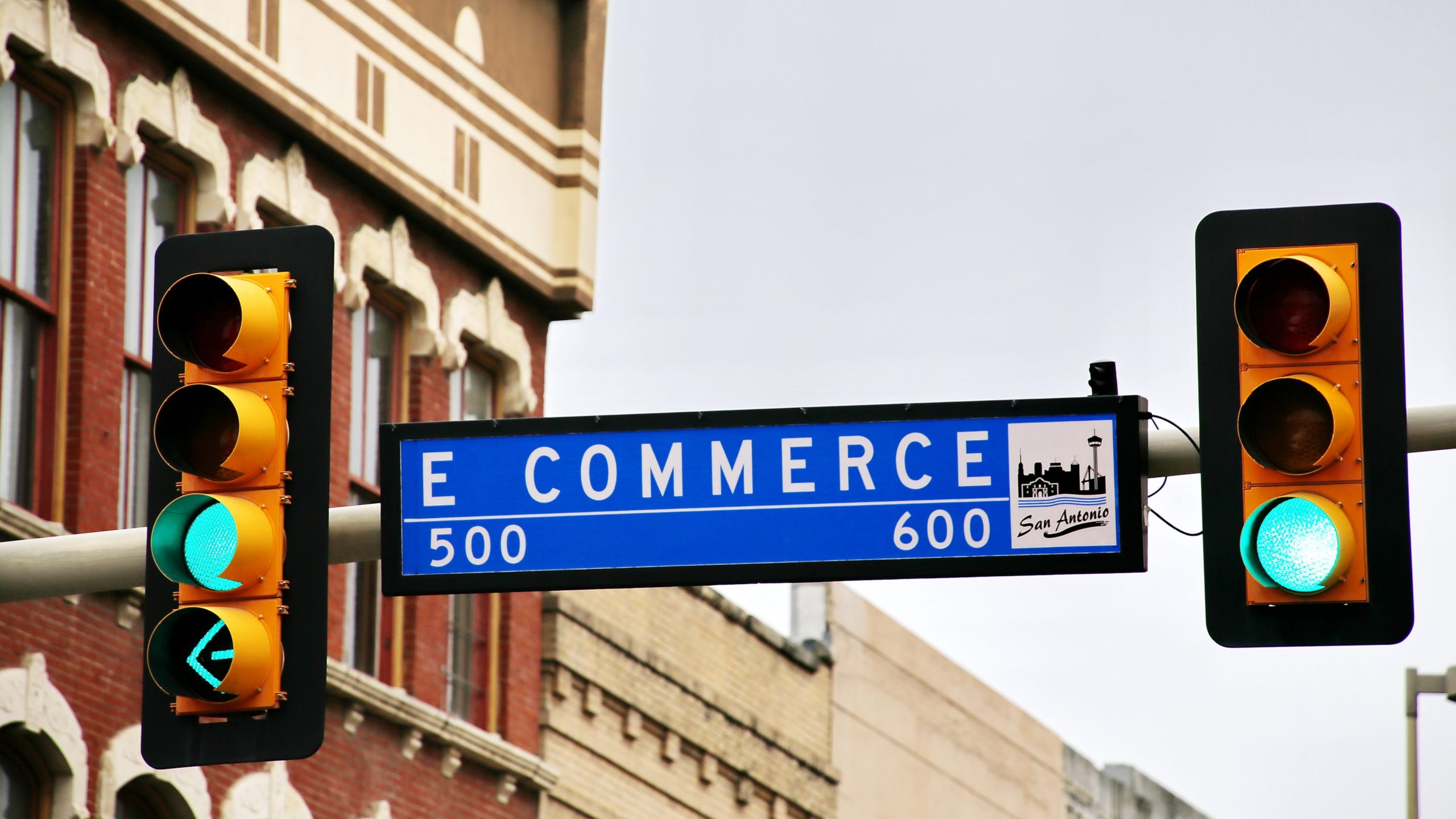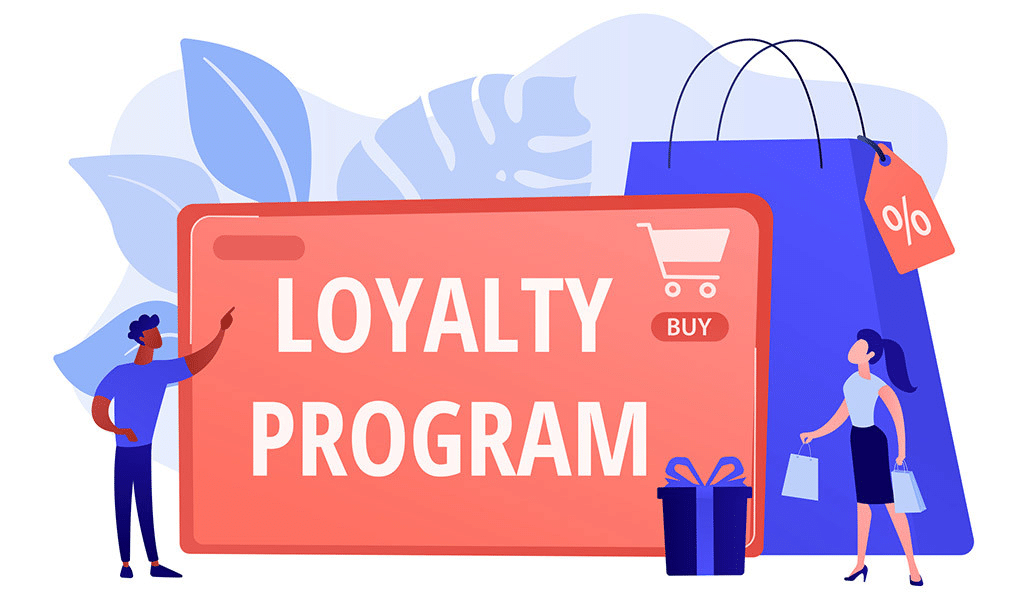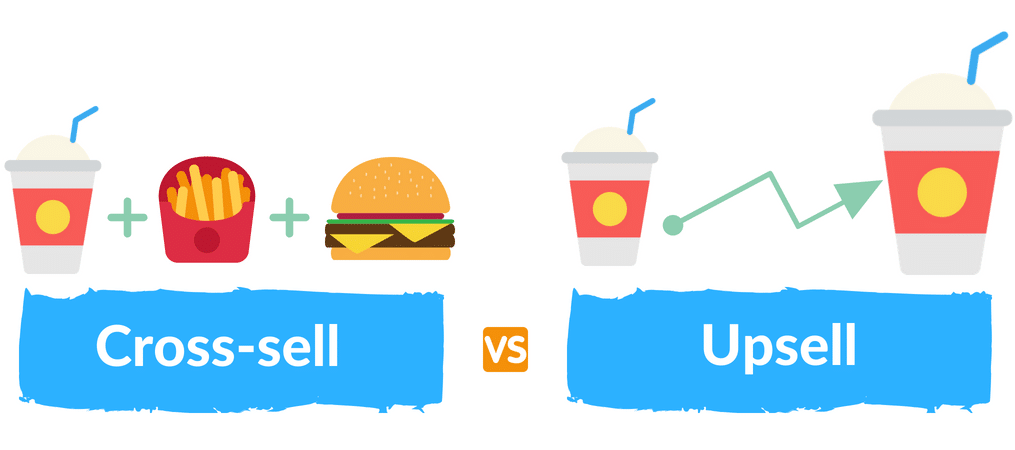Working in sales requires you to constantly keep learning and improving your craft. We’re sure you’re forever on the lookout for new ways you could improve your sales strategy. That’s why we decided to create an actionable guide on 10 hacks you could use to skyrocket your sales.
Our tips work for all businesses, no matter what type of products or services you’re selling. If you’re interested in selling more, without a huge investment, keep reading.
1. Understand Your Audience
Every sales strategy should start with your target audience.
You have to know their:
- Goals
- Needs
- Wants
- Behaviors
- Lifestyle
- Interests
- And more
Only once you understand your audience can you start creating content for them and shaping your sales efforts. Research shows that 75% of consumers agree that they’re keener on buying from brands that offer personalized experiences. The better you can fit the needs and personalities of your audience, the better results you’ll experience.
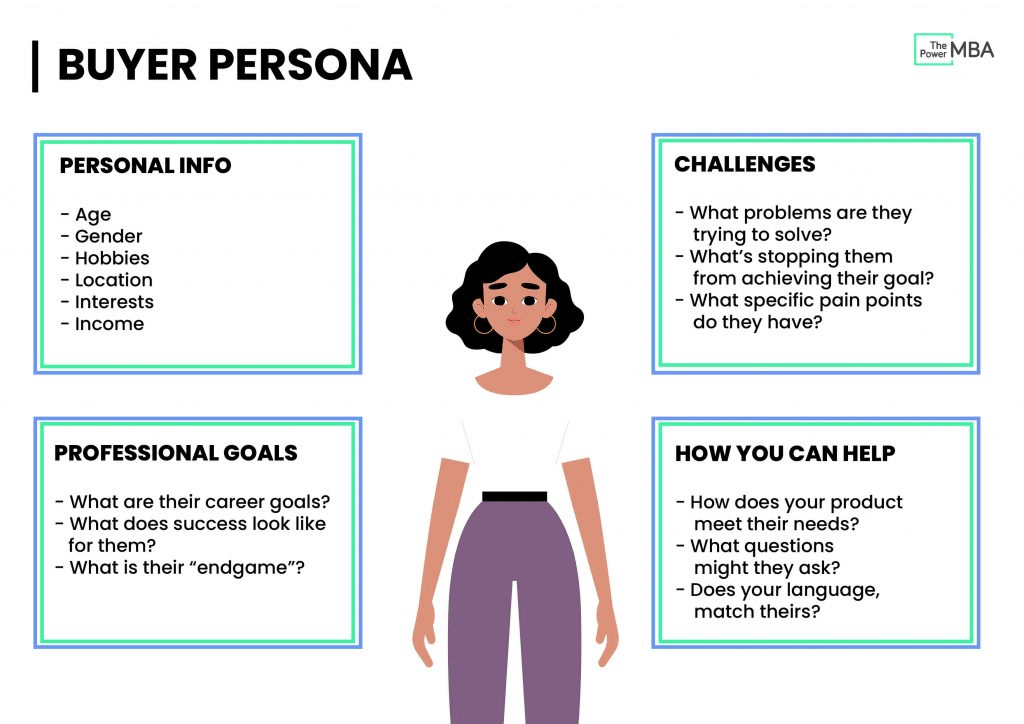
There are a few ways you can get to know your audience better. Start by reviewing the data you have on them. You can gather the data from Google Analytics, social media, and any other platform you use.
Try and understand their pain points and why they choose to buy your products and services. If you can’t manage to do that from the current data, invest time in in-depth interviews.
Arrange a few interviews with loyal customers and ask them all the questions you need the answers to. Find out why they choose you over the competition and how they utilize your solution in their company.
Once you gather all the new and relevant information, use it to shape your brand messaging, sales strategy, and all marketing content. The more you understand your customers, the better you can personalize your content towards them.
2. Leverage User-Generated Content
Although no one will put as much effort into creating content about your brand as you will, marketing with user-generated content has a special amount of power over your audience. Content that comes from a third party is far more convincing than anything coming straight from you. It also provides a different type of value for your audience since it gives them insight into what using your solution could be like.
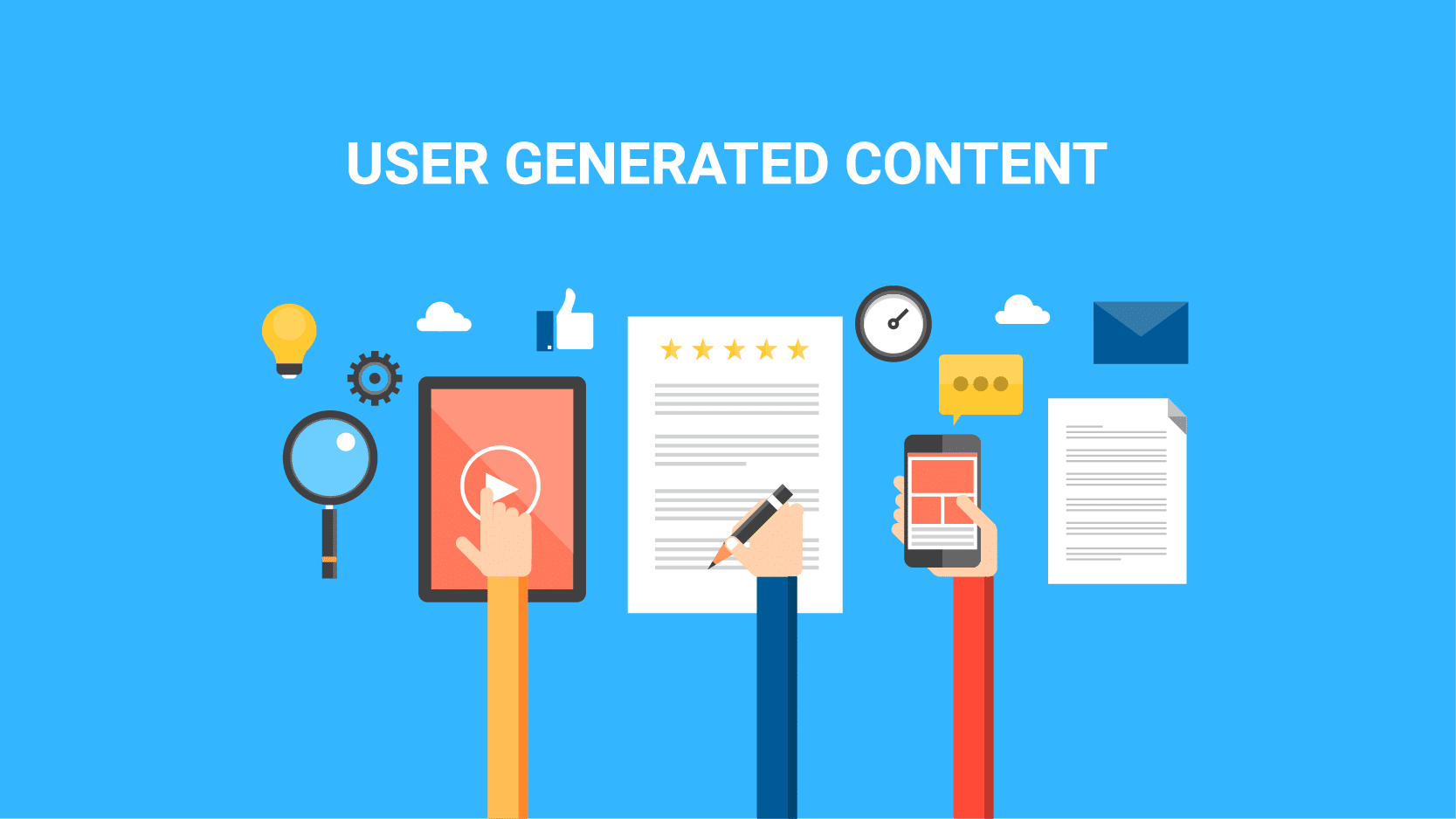
We suggest you conduct media monitoring in your sales practices and find high-quality posts, reviews, and testimonials to use in your marketing campaigns. It will give any potential clients that are unsure a push in the right direction.
Seeing how 93% of marketers agree that consumers trust content created by customers more than content created by brands, it’s easy to see why you need to implement UGC in your content strategy.
Here are a few ways of doing it:
- Add reviews in your online shop. It can be done with pop-ups, blogs, case studies, or through a native implementation.
- Create social media posts highlighting testimonials. They are usually personal and very convincing. Including them in social media campaigns will not only help you secure more sales but also build loyalty with your followers.
Over time, they can become your biggest brand ambassadors, so make sure to give them the incentive to create this type of content. You can do that with hashtag campaigns, which are very popular on Instagram and Twitter.
- You can also create sales email sequencing that follows your clients through the sales funnel. In the later parts of the funnel, once leads have already expressed interest, show them how much your other clients are enjoying your products or services.
3. Use Pop-ups Wisely
Pop-ups that appear as soon as you open a site can be infuriating. We’re not advising you to use those kinds of pop-ups to increase sales. However, an exit pop-up can be very effective. It’s the last chance to engage with your potential clients before they leave the site.
You have to catch their attention quickly and, usually, this is done with a discount code or some type of tangible value. Try to create as enticing an offer as you can, because your overarching goal is to capture their email. That way you can include them in your sales funnel.
4. Automate Your Sales Process
The best way to speed up your sales process is to find amazing and reliable tools you can use to automate your business. It can help you save time, generate more leads, speed up your sales cycle, and close more sales.
Other benefits of automating your processes are:
- Helps you avoid human error
- Increases efficiency
- Helps you manage your sales process
- Increases data consistency
A great tool that will help you automate a part of your sales process is Better Proposals. It’s a great software tool for creating and sending high-converting, web-based business proposals. The tool will help you speed up your sales process with a digital signature option that lets you turn proposals into legally binding documents.
You don’t have to worry about writing proposals since the tool comes with a vast library of pre-written templates you can easily customize to your needs. The editor doesn’t require any previous design experience and is easy to use.
Get paid quicker with a payment integration through which your clients can pay the first fee as soon as they agree to the terms and conditions. Set it up through PayPal, Stripe, and GoCardless.
Make the most of your proposal with a live chat integration that will help your clients leave comments as they’re reading it.
Once you finish your document, the process isn’t done. That’s when proposal AI kicks in and compares your proposal to other successfully signed and paid proposals from your industry and gives you actionable tips on how to improve it.
As you send your proposal, you will be notified every time someone opens and signs. Analytics will show you which device your proposal was opened on, whether it was forwarded and how much time the person spent on each of the chapters.
5. Utilize Urgency and FOMO
Urgency refers to a marketing strategy that explains to your audience that your products are scarce in order to speed up their purchase. FOMO very similarly refers to a strategy in which marketers want their audience to know that they will regret not purchasing their products and services.
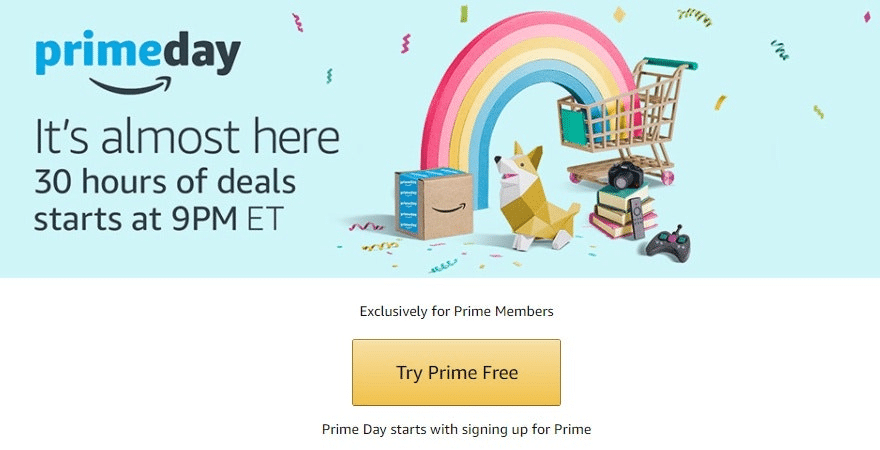
Our favorite examples of urgency and FOMO:
- The expiration date of your deal—usually showcased with a countdown. It’s a great way to create a sense of urgency and get people to buy before the clock strikes.
- The low stock availability—focuses on the fact that you’re selling out. This creates FOMO because people want to be in the know, and if they see that you’re selling out they’ll be intrigued to find out why. Your audience will want to buy those products as well, which is why it’s such a popular strategy.
- Showing how much your audience can save—gives people a type of satisfaction knowing that they save money by spending it.
- Listing your best selling products on your website—helps you build trust with your audience. Showing the reviews and how quickly your products are selling out can push your clients to buy.
6. Create a Loyalty Program
Who doesn’t love a good loyalty program? Getting rewarded for spending money is truly one of the best feelings. Capture this sentiment with a system that rewards customers that engage with the brand.
You can offer points, discounts, free products, or other benefits. Whatever you find works best for motivating your customers to repeat purchases. With research showing that 68% of customers would join loyalty programs of brands they like, it’s easy to see the value in this strategy.
Source: commbox.io
There are a few ways you can set up your loyalty program.
- Tiered system refers to a membership in which your customers get different ranks based on their purchase or engagement. The higher the tier, the better the rewards will be. This will motivate your clients to buy more products and services.
- Point-based loyalty is based on collecting points with each purchase, or another way of engaging with the brand, which can be exchanged for products of different perks. This will make sure customers keep buying from you instead of your competitors because they get more value from you.
- Paid loyalty offers your customers a pay to play system that lets them receive immediate rewards for a fee. If you’re going down this route, create detailed lists of benefits so that clients know exactly what they will receive.
7. Don’t Forget to Upsell
Sometimes customers don’t know which product or service is the best fit for them, and you can use that to try and upsell them. Upselling doesn’t just mean trying to get your clients to buy more products, but also getting them to upgrade to a higher tier product or service.
If you’re not offering tiers of products and services, you can try cross-selling. It refers to the process of trying to convince your customers to buy additional complementary products. A great example of this is skincare products. As soon as you show interest in a cleanser, you’ll get pushed to buy creams, toners, serums, and more.
Source: linkedin.com
Once people reach the finishing stages of your sales cycle, they are already interested in your brand and your products and services. That’s why it’s the best time to try and upsell or cross-sell your clients.
The way you should go about doing it is by showing the benefits of the more expensive purchase. Make sure to showcase the value of your higher-tier products and services and why it makes more sense to buy the more expensive ones in the long term.
8. Rely on Video Marketing
Video marketing is one of the most engaging strategies e-commerce can rely on. Short videos catch the attention of your audience and work as great facilitators to showcase how your products can be used.
As important as it is to show how to use your products and services, your videos need to have a storyline, too. If you want people to relate to your brand you’ll need to tell them a story. As with any strategy, make sure your video marketing strategy starts with your audience.
Find out what their needs and interests are and what type of videos they would like to see. Use those insights to make videos and conduct media monitoring to keep an eye on what your audience thinks about your videos. Make sure to conduct media monitoring and keep an eye on what your audience thinks about your videos.
Every step of the sales process should be accompanied by a different type of video. For example, how-to videos are amazing in the first stages, since they build your brand awareness.
In the later stages, you can use reviews and client testimonials to nudge people in the right direction. The trick is to create authentic content which doesn’t feel too salesy but plays at people’s emotions.
If you can create a bond with your audience through videos, you’ll have a lot of benefits from this strategy. Not just an increase in sales, but also building a relationship with your clients, which is equally important.
All videos should be planned out, scripted, and shot with a high-quality camera. Don’t leave anything to chance.
Conclusion
Our actionable guide gave you great insight into how to skyrocket your e-commerce sales in 2022. From analyzing and understanding your audience to the type of content you should focus on, we have tips for every part of your sales process.
No matter the type of products or services you’re selling, you’ll be able to utilize our tips and reshape your sales process. These tips don’t require a huge budget and can be implemented fairly quickly and easily.
The more you invest in your relationship with your clients and customers, the greater the benefits you receive. This is a long process and doesn’t happen overnight. You need to have a great product or service and be able to provide your audience with tangible value.
Once you do that, you’ll already be on the right track.

